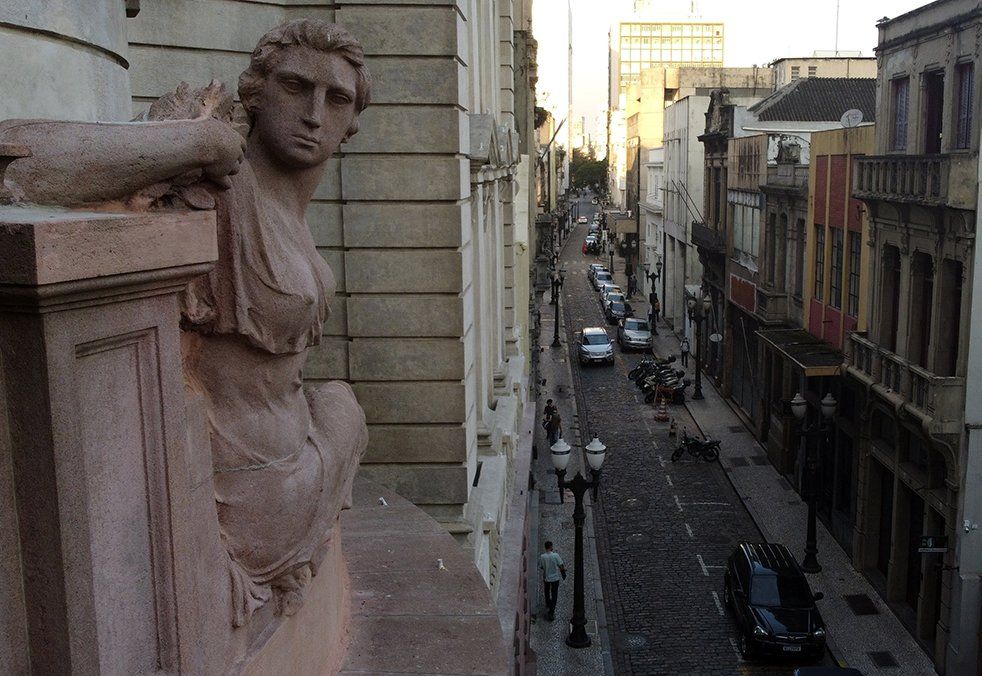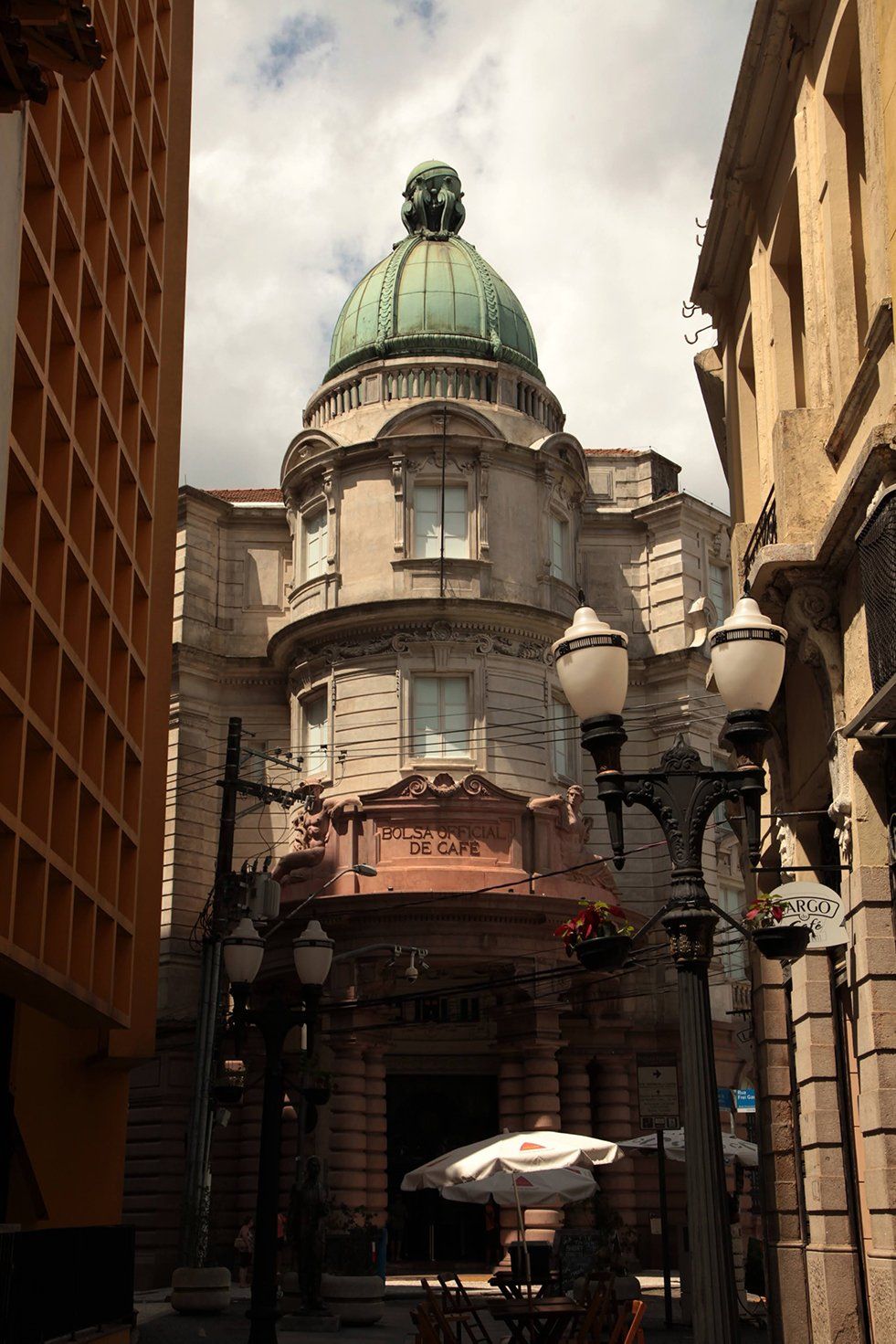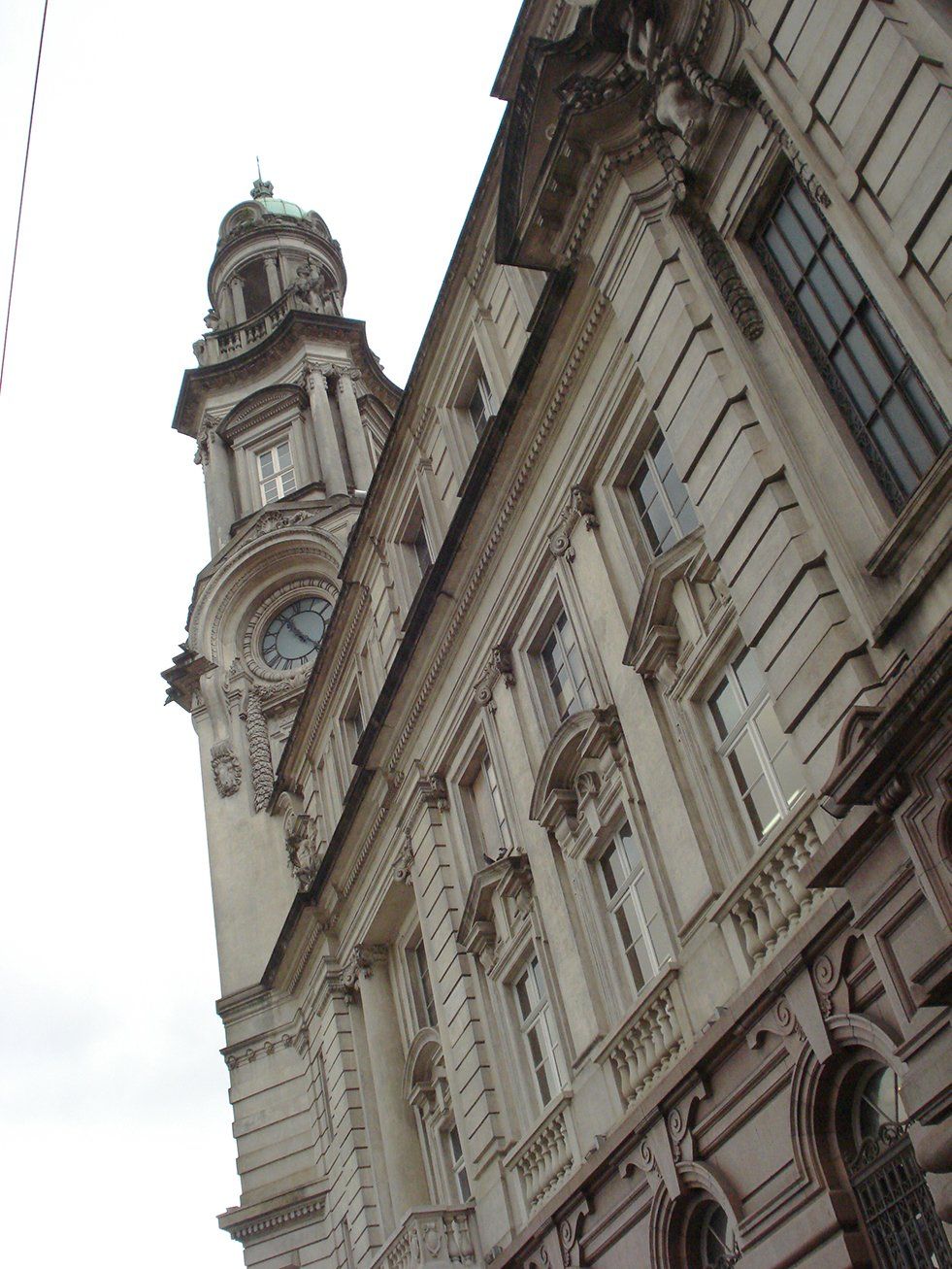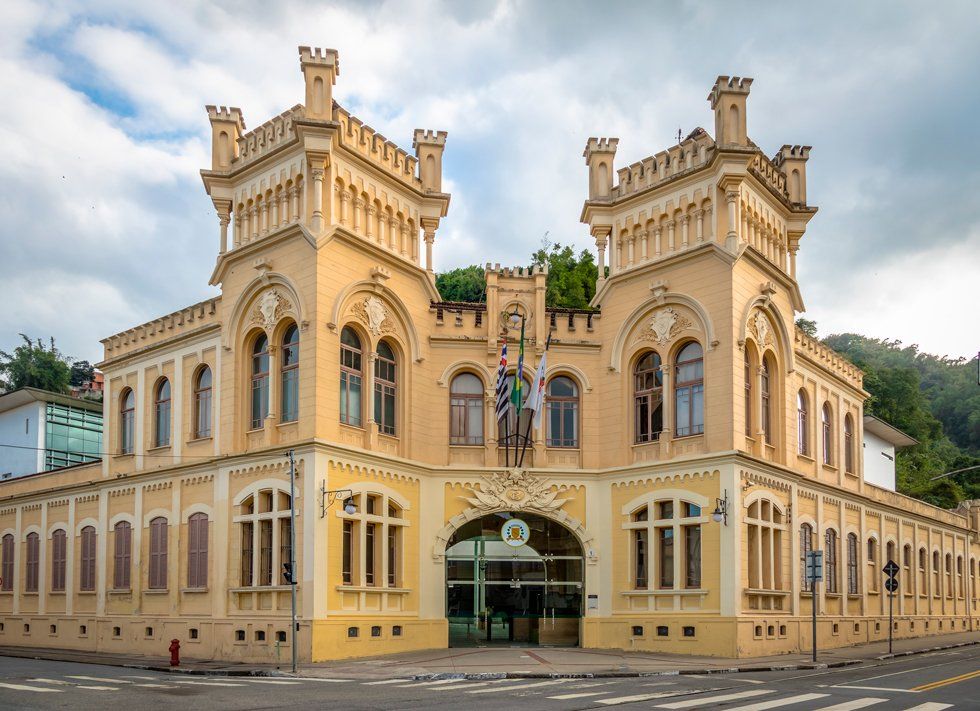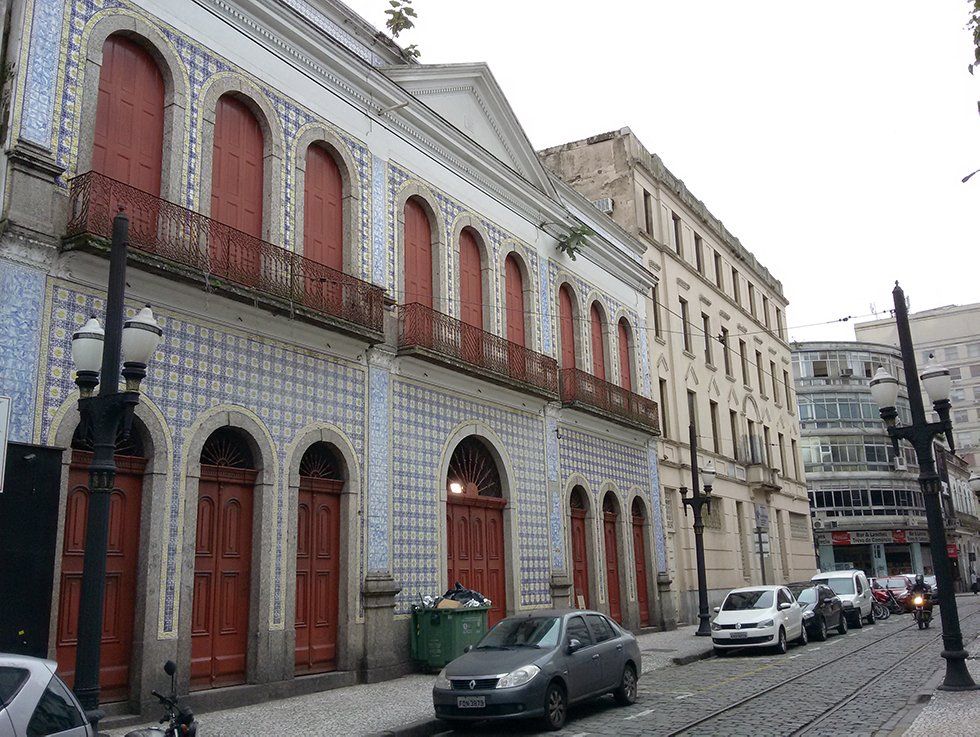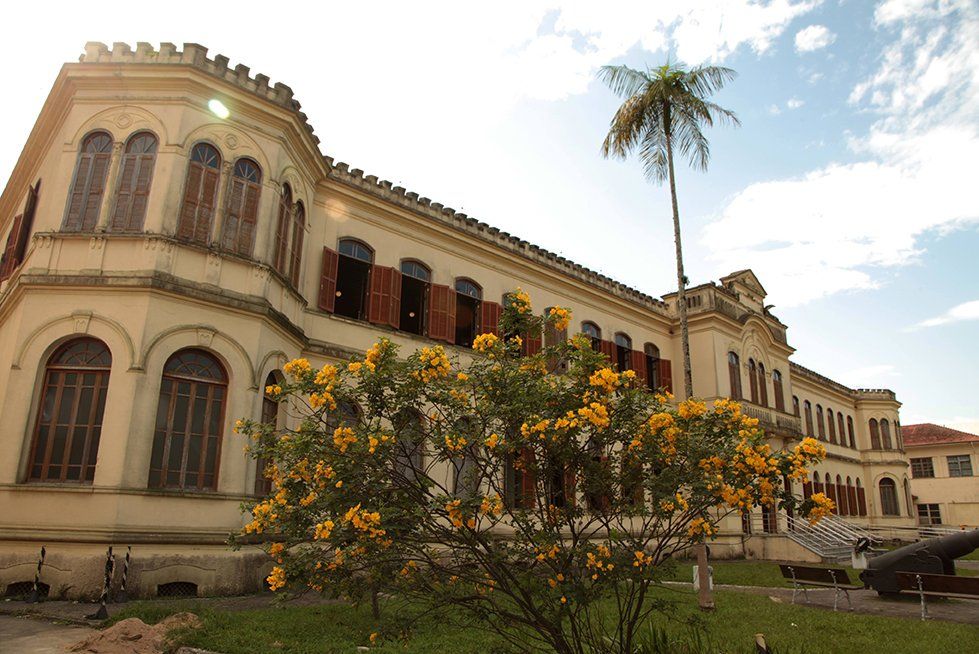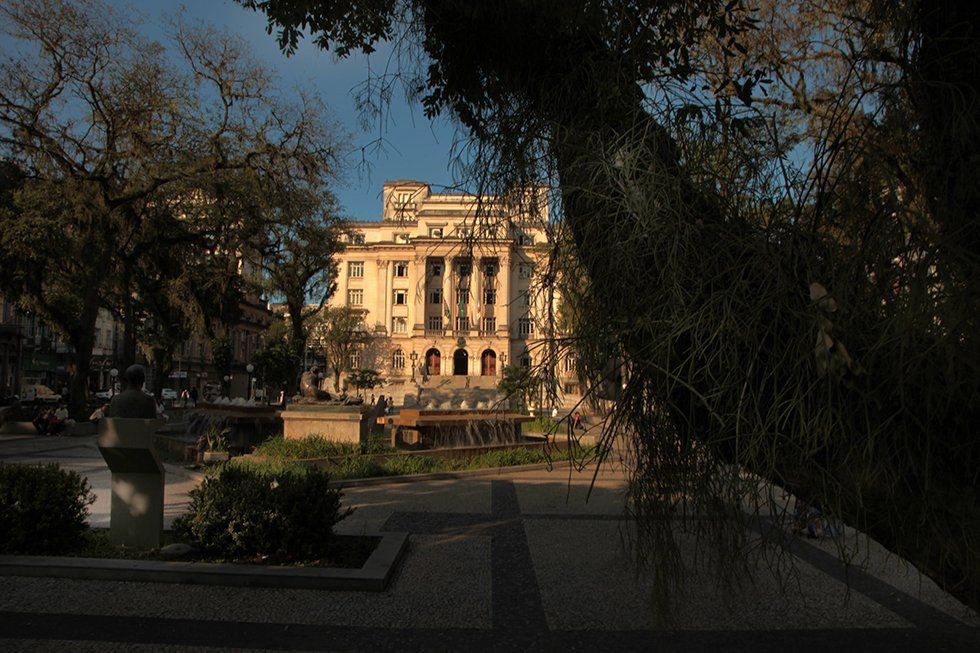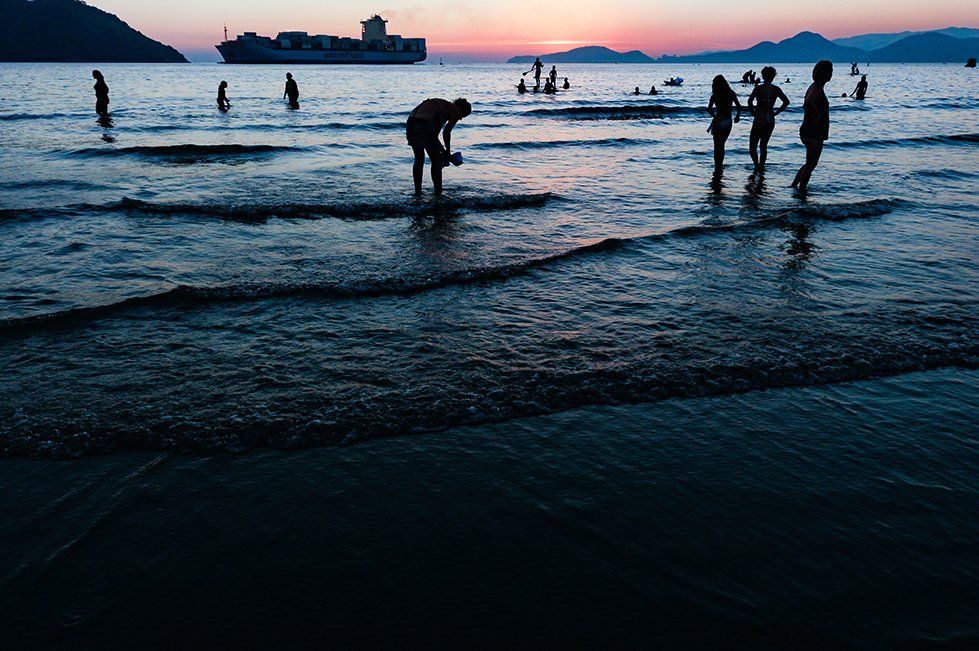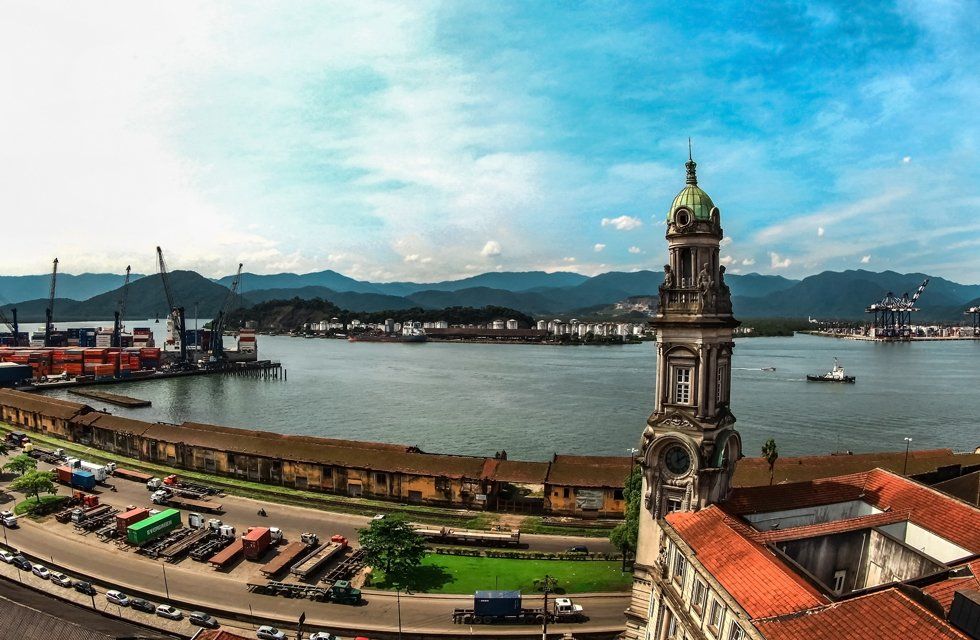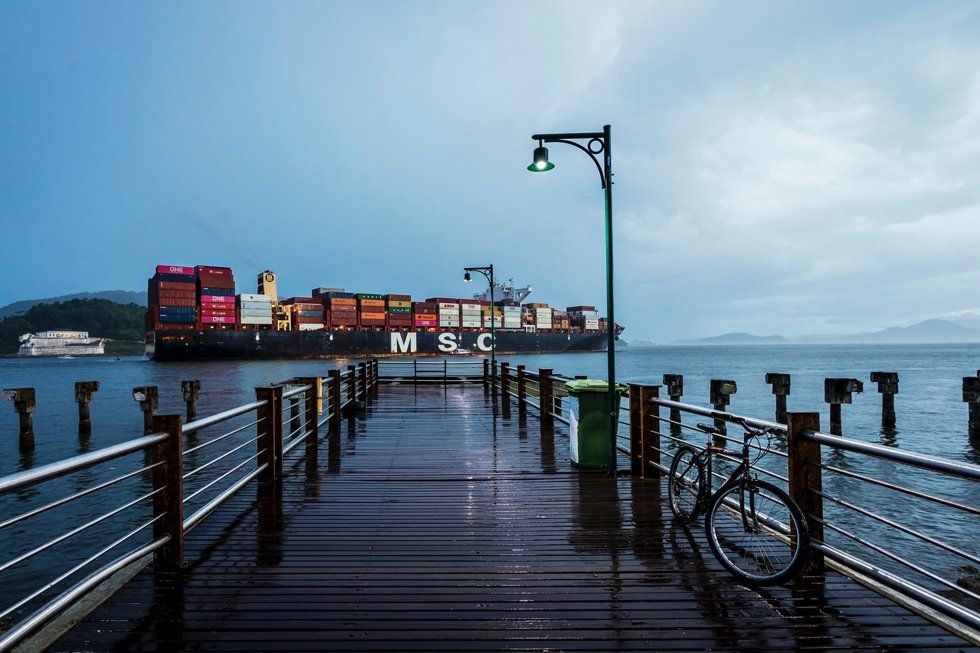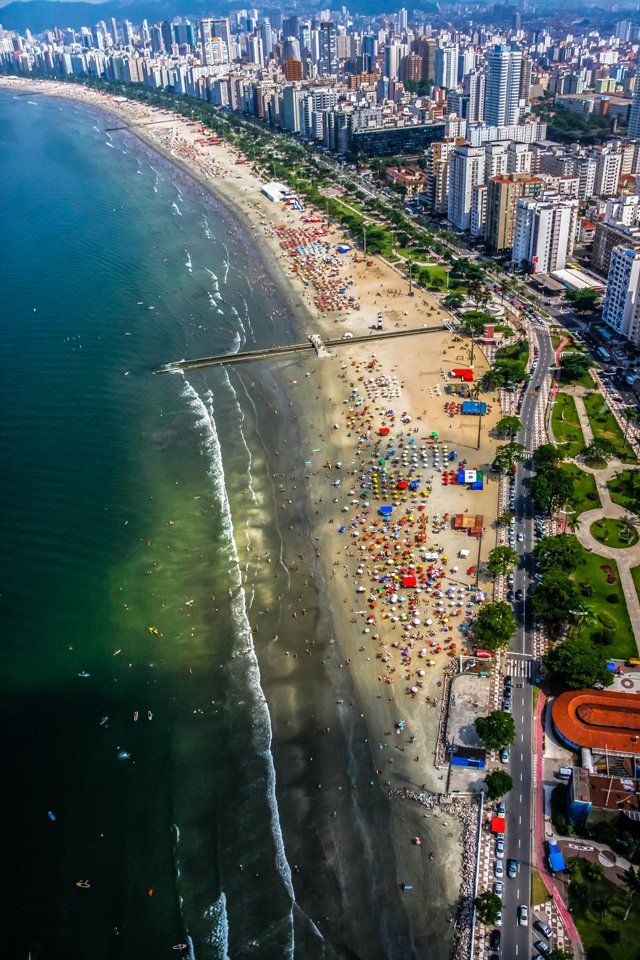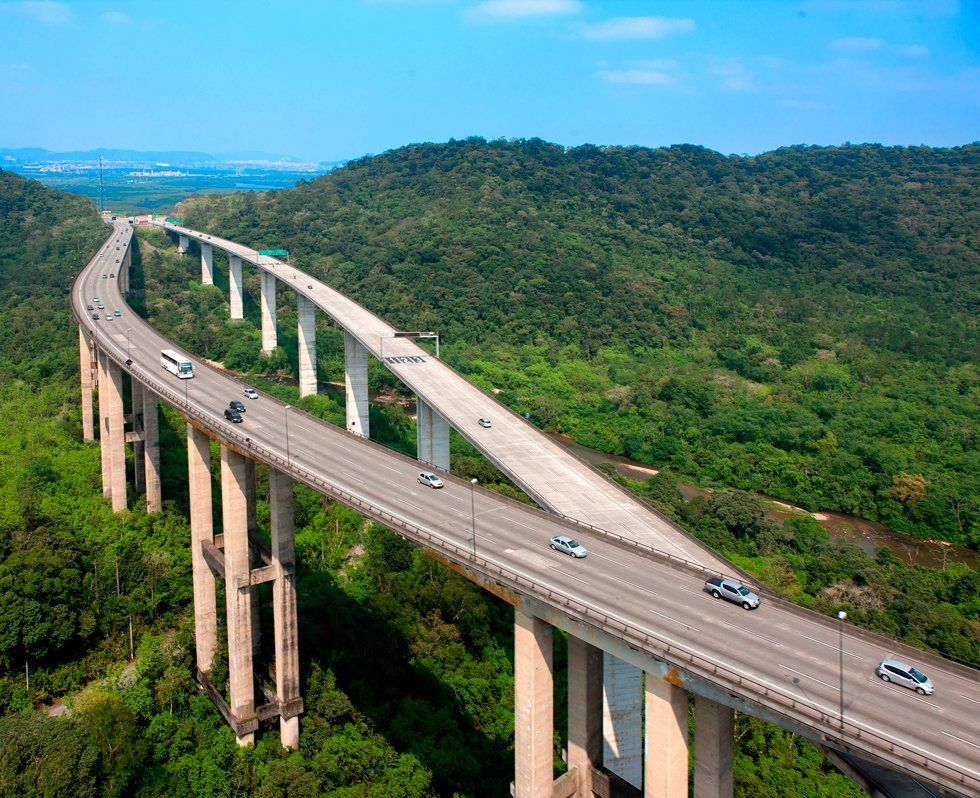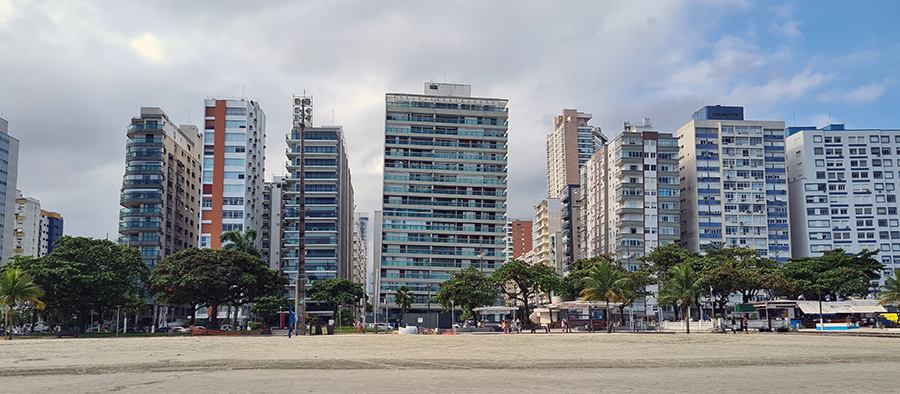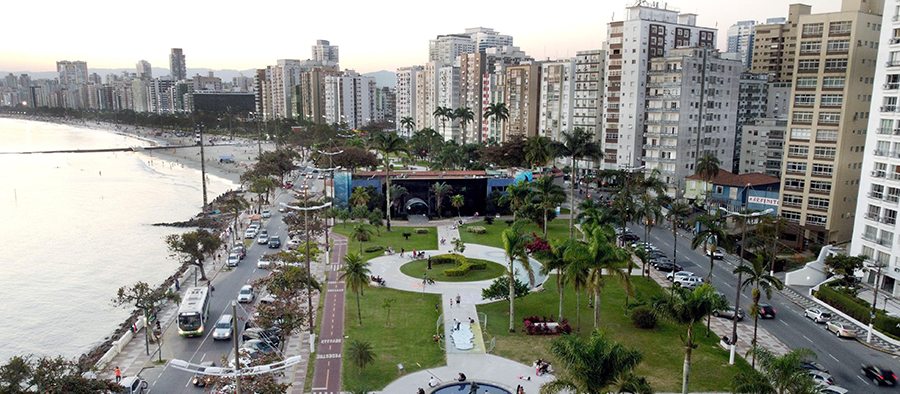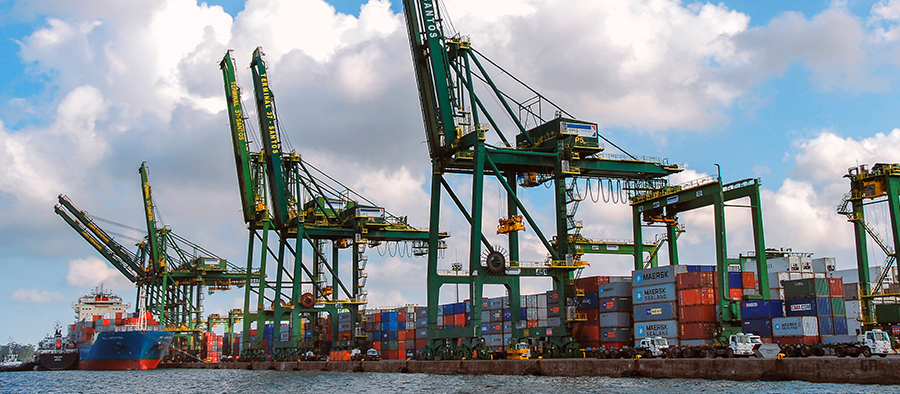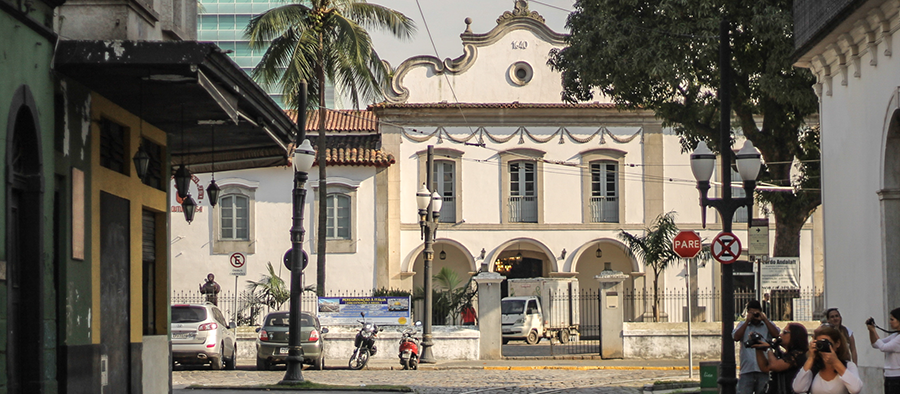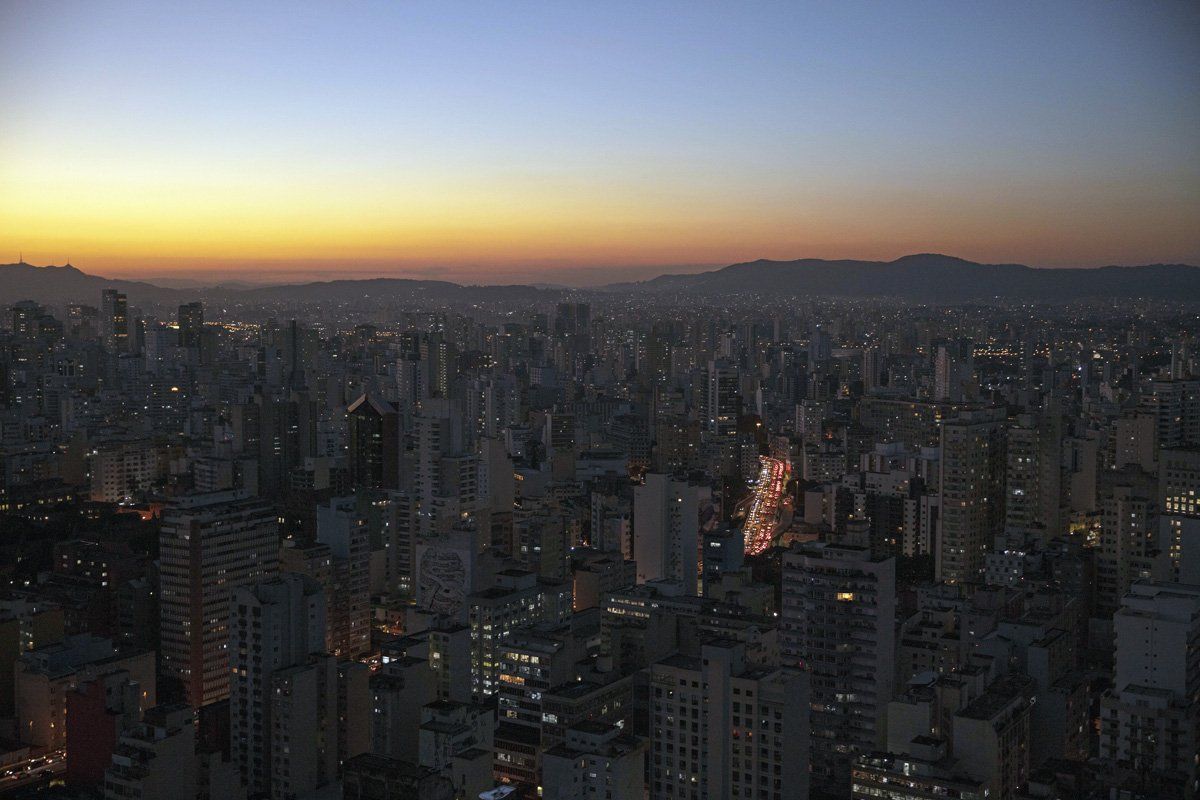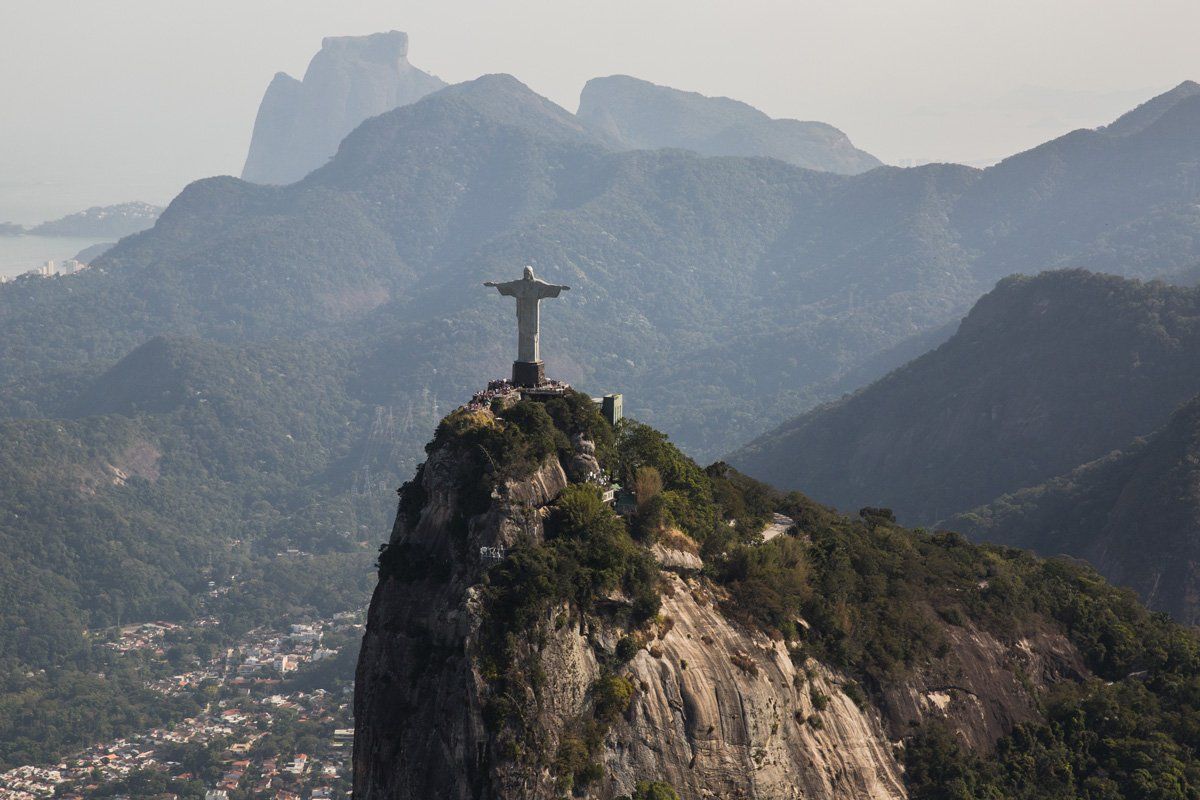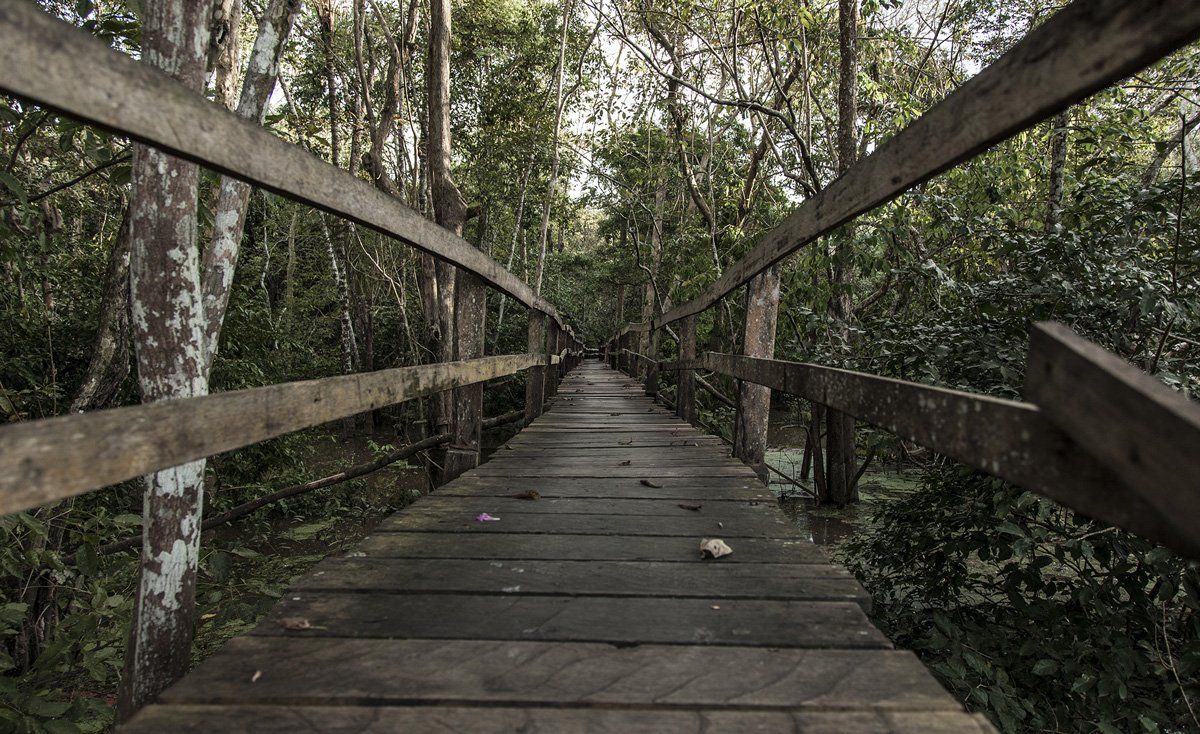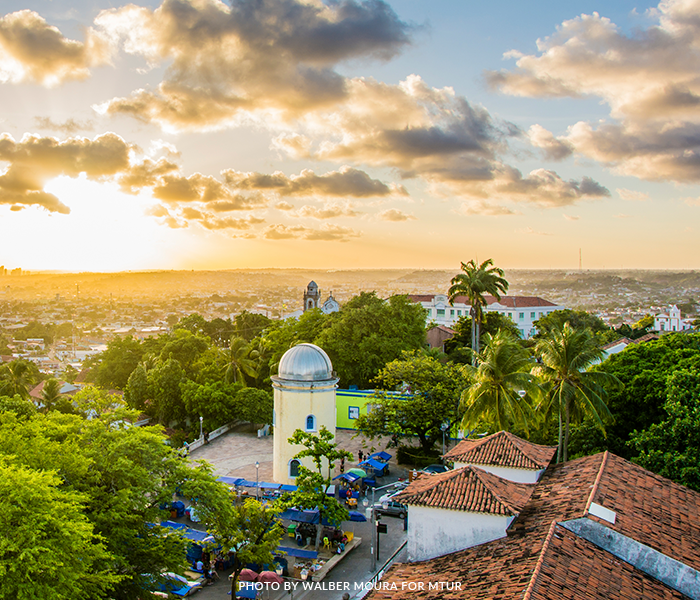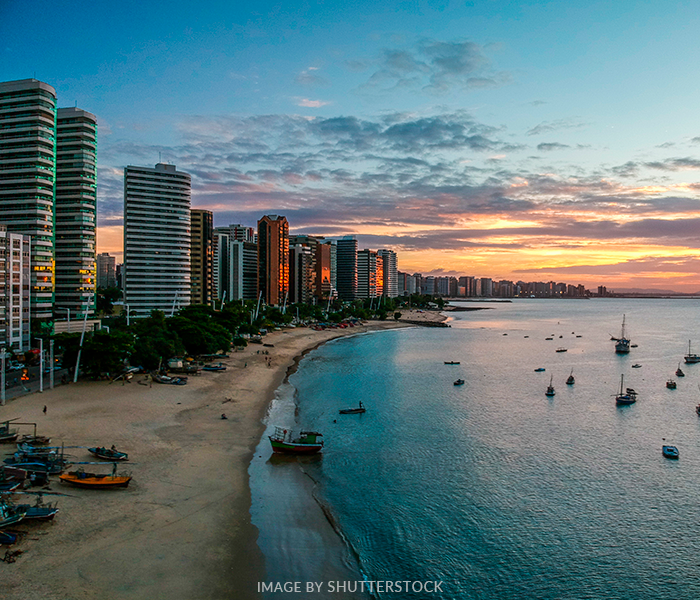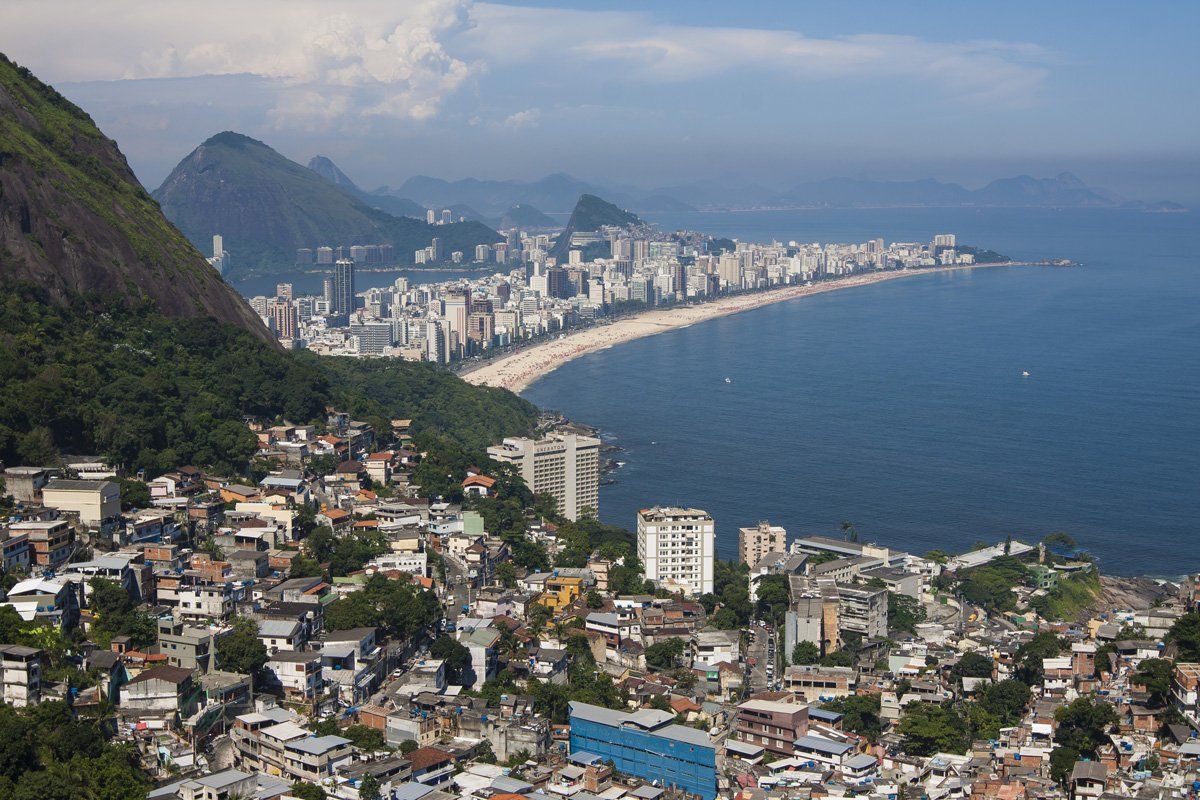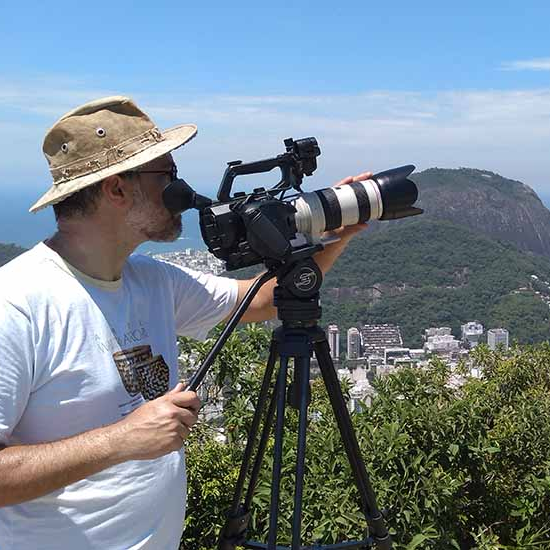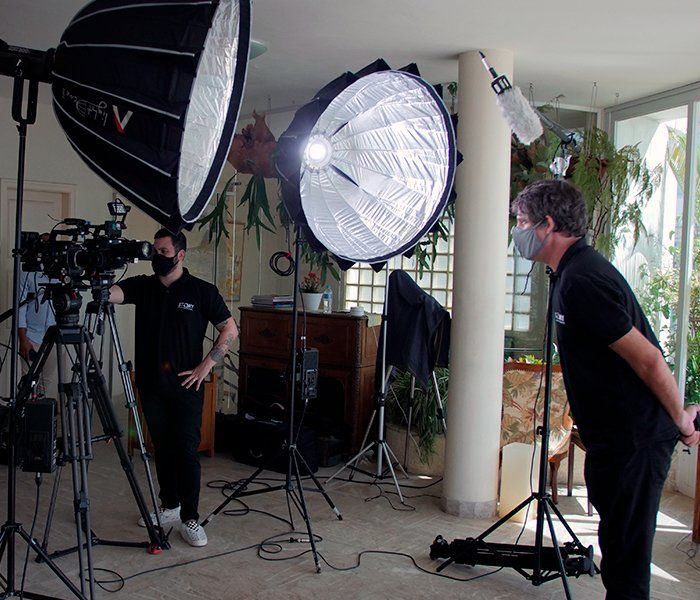Filming in Santos
The biggest city on the São Paulo coast, wedged between the Atlantic Ocean and the Serra do Mar mountain range, Santos boasts a diverse range of filming locations. Combined with a well-established audiovisual sector and close proximity to São Paulo, the city has built a reputation as a go-to place for Brazilian productions, both commercial and non-commercial.

A mere 44-mile (1 hour) drive from South America’s largest city (São Paulo), Santos was little more than a provincial town for centuries until the railway opened in 1867, connecting the farming interior of São Paulo state with the coast.
Explore a diversity of top locations
Exports of sugar cane followed by coffee brought prosperity to the city thanks to its port, and much of the architecture from this 19th and 20th century era remains. The port is now the largest in Latin America and among the top 50 in the world, an important contributor to the city’s economy along with tourism and a lively local production scene.
Read on to find out why Santos is such a great spot for filming in Brazil, and to read more about its most illustrious local heroes (including a football legend) as well as its curiosities. Or jump straight to our round-up of top locations.
Why film in Santos?
01 Proximity to São Paulo
Santos is less than an hour’s drive from São Paulo, South America’s largest city. The two cities developed in tandem, prospering on the agricultural boom that flourished across the state in the 19th and 20th centuries. Ties between the two cities are still strong, with two major highways making access easy and quick. Many São Paulo residents head down to Santos for sea air and sunshine at the weekends whilst plenty of Santos residents commute up to the state capital to work.
It hasn’t always been so easy to get between Santos and São Paulo. The highways connecting the cities are in themselves impressive feats of engineering, connecting the coast and the interior plateau across a formidable mountain range often referred to as “the wall”. For centuries, access up the Serra do Mar mountains was long and treacherous, and a major obstacle for accessing the interior of the country – something most people now take for granted as they whizz up and down in air-conditioned cars.
The proximity to São Paulo brings a number of benefits to shoots in Santos, from tapping into São Paulo’s large pool of production talent, access to its international airports for foreign crews, and the ability to film in both cities on a tight production schedule. Find out more in our
guide to filming in São Paulo.
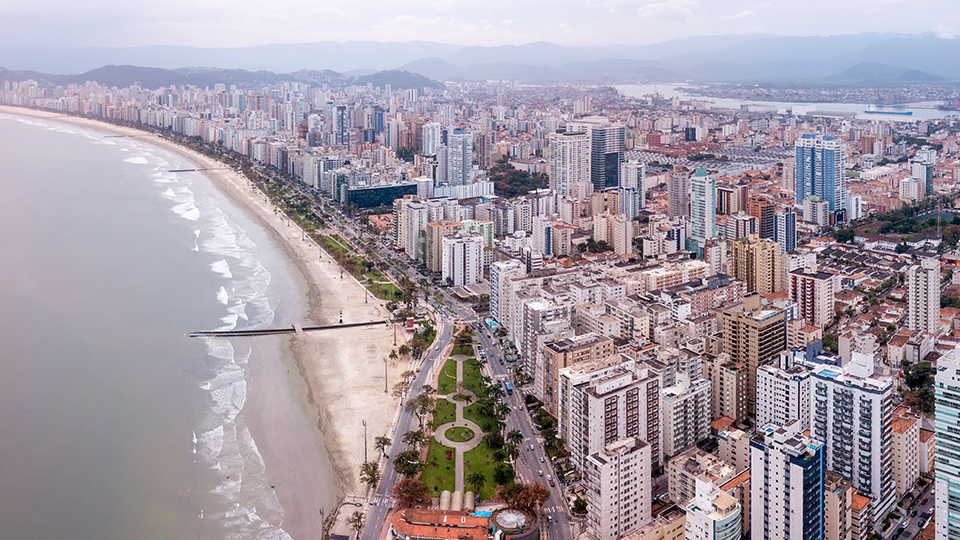
Photo by Paralaixis Shutterstock
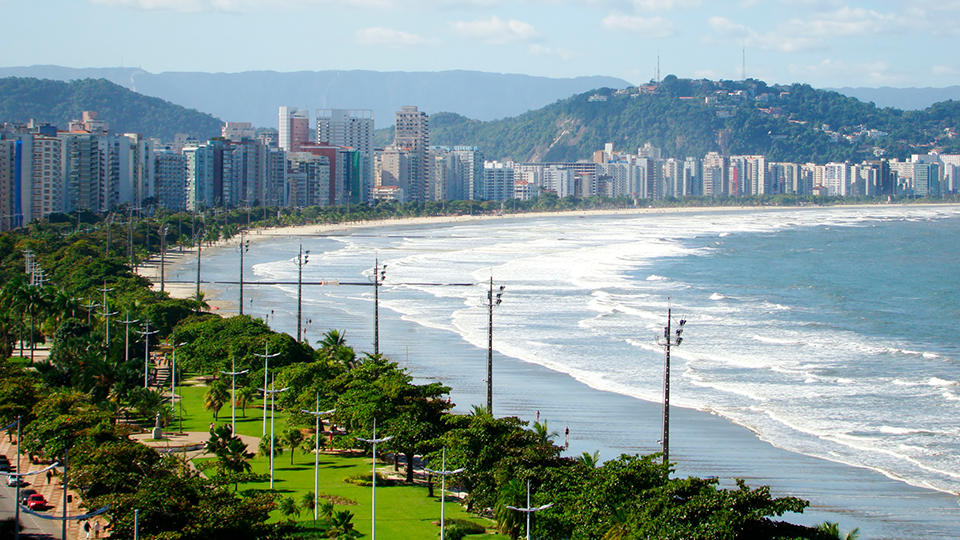
Photo by Fabio Fersa Shutterstock
02 Scenic diversity
The Serra do Mar mountain range provides a stunning backdrop to the seaside city, framing it in forest-covered mountains. A 4-mile beachfront runs the length of the city, with views out over the Atlantic Ocean. In fact, the urban seaside setting is not dissimilar to that of Rio de Janeiro, albeit on a smaller scale, and a number of Brazilian productions set in Rio de Janeiro are actually filmed in Santos.
Besides its beaches, the city boasts other natural gems, from manicured parks to rivers and mangroves. In short, it offers an abundance of nature, not to mention easy access to much wilder, undeveloped beaches as well as forested nature reserves along the state’s northern coastline.
The urban side to the city couldn’t be more of a contrast to the natural surroundings. From modern high-rises to colonial and Modernist buildings, Santos has a variety of architectural styles. The port in Santos, which opened in 1892, is also staggeringly impressive, covering nearly 2,000 acres and processing more than 100 million tonnes of cargo each year. Story Productions has experience navigating the permissions needed to film in the port.
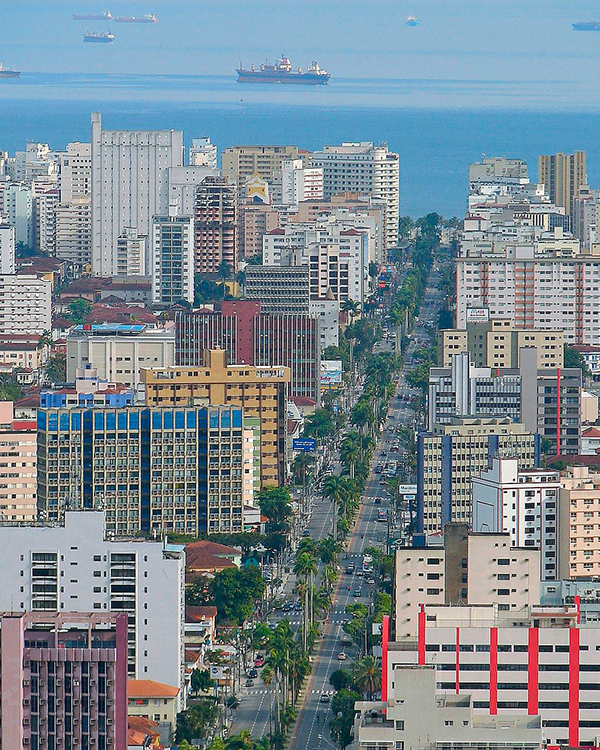
Photo by Ana Costa
03 Colonial architecture
The variety of architectural styles in Santos offers plenty of choice and versatility for shoots and location scouts. A highlight of the city’s architecture is without a doubt its historic centre, which transports visitors back in time as they walk along cobbled streets between ornate centuries-old buildings that house theatres, markets and commercial centres. Baroque churches dating back to the early Colonial era in the 16th century stand near grand buildings from the Imperial era in the 19th century, when Brazil became the seat of the Portuguese colonial empire.
The wealth from the coffee boom in the 20th century can be seen in buildings such as the neoclassical Palácio da Bolsa de Café (now a museum), where the price of coffee beans was set—making it the coffee version of New York’s Stock Exchange—which had an active trading floor until 1950. A tram dating back to 1911 now tours the historic centre, adding to the nostalgic vibe.
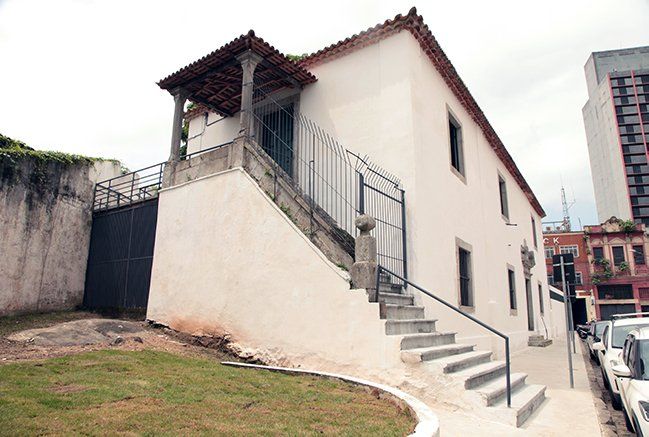
Photo by Francisco Arrais for SETUR | Castelo Trem Bélico
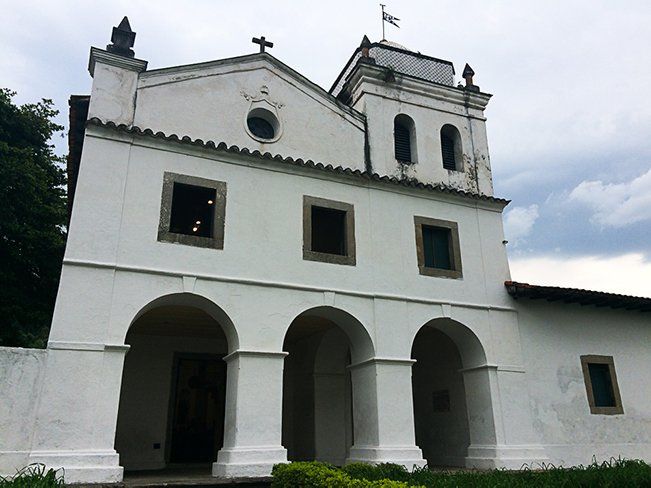
Photo by Patricia Callejon | Museo da Arte Sacra
04 Santos: the film set
Productions of all sizes have been shot in Santos, a sign of its attractiveness to filmmakers. Santos has hosted more than 800 audiovisual productions, including commercials, soaps, music clips, TV series, films, shorts and documentaries including, most recently, the Neymar documentary for Netflix: Neymar: The Perfect Chaos.
In 2015, Santos became a UNESCO creative city in recognition of its film heritage. The city hosts festivals such as the Santos Film Fest and Curta Santos, a short film festival, and invests in local talent through courses and film schools.
Key facts about Santos
Population: 432,957
Founding date: 1546
Location: 44 miles from São Paulo city.
State: São Paulo
Region: Southeast
Temperature: 25ºC (yearly medium)
Time zone: GMT-3
Sunrise: 06:40 AM
Sunset:
17:25 PM
05 Local sporting heroes
“I was born for soccer, just as Beethoven was born for music.” Pelé was certainly better known for his soccer skills than for his modesty. The sporting star, regarded by many as one of the world’s greatest footballers, spent much of his life and career in Santos, playing for Santos FC, one of São Paulo’s four major football teams, which was also the launchpad for Neymar’s global stardom. He came to Santos aged just 15 to play for the city’s team, where he stayed for 18 years until 1974. He is a local hero in Santos and is even honoured with a museum, the Museu Pelé, which opened during the 2014 FIFA World Cup, packed with trophies, photos and some of his personal items.
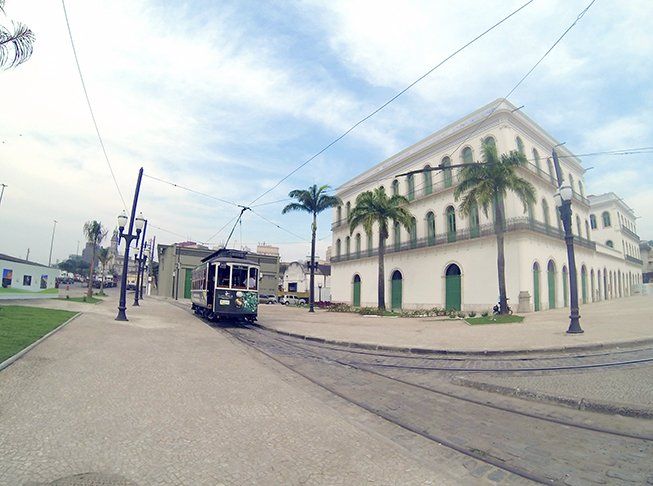
Photo by Emilio Pechini | Museu Pelé
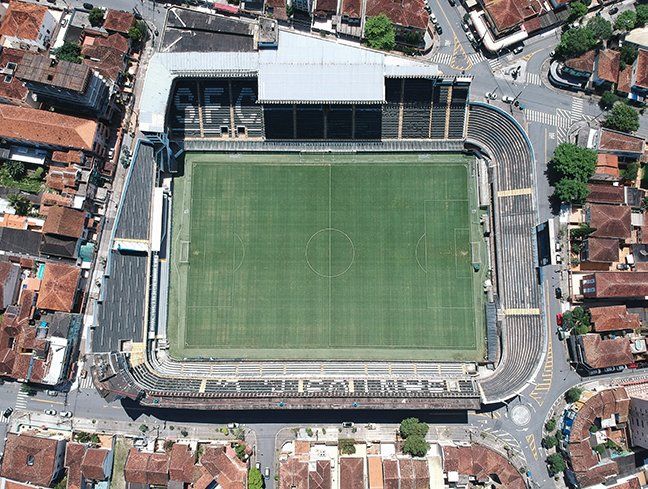
Photo by Gabriel Ramos for UNSPLASH | Santos Stadium
A diversity of locations
Did you know?
Four things you probably didn’t know about Santos:
Photo by Story Productions
Leaning buildings
Old-fashioned building techniques and a rush to develop fast meant that many of Santos’s seafront buildings have shallow foundations and have started to lean. Watch the clip we filmed for a German TV network about this in 2022 here.
Photo by Carlos Nogueira SETUR - Jardim da Orla and Aquarium
The world's largest beach garden
Santos’s beach is bordered by a landscaped garden which continues for 3.3 miles along the beachfront, making it the largest beach garden in the world, according to the
Guinness Book of World Records.
Photo by Stefan Lambauer Shutterstock
Latin America’s largest port
The port of Santos opened in 1892, and covers nearly 2,000 acres, processing more than 100 million tonnes of cargo each year. It also ranks among the top 50 largest ports in the world.
Our multilingual production team has been arranging shoots all over Brazil for years, from
São Paulo to
Rio de Janeiro, the
Amazon and, of course, Santos.
Let us help you get the best results from a shoot in Santos. Get in touch.







